American Airlines regional carrier PSA Airlines will add 14 new CRJ900NG (NextGen) jets to its fleet, the airline announced this week.
The delivery of the first of the new CRJ900NG aircraft is set for later this month, with the rest joining the fleet in a phased manner.
Company officials point out that the addition of these new aircraft reinforces its role in American Airlines’ regional operations and its integral contribution to the American Eagle brand. Dayton, Ohio (DAY)-based PSA is one of three wholly owned subsidiaries of American Airlines, including Envoy Air and Piedmont Airlines.
Flannery: Staffing is Fully Restored and No Parked Planes
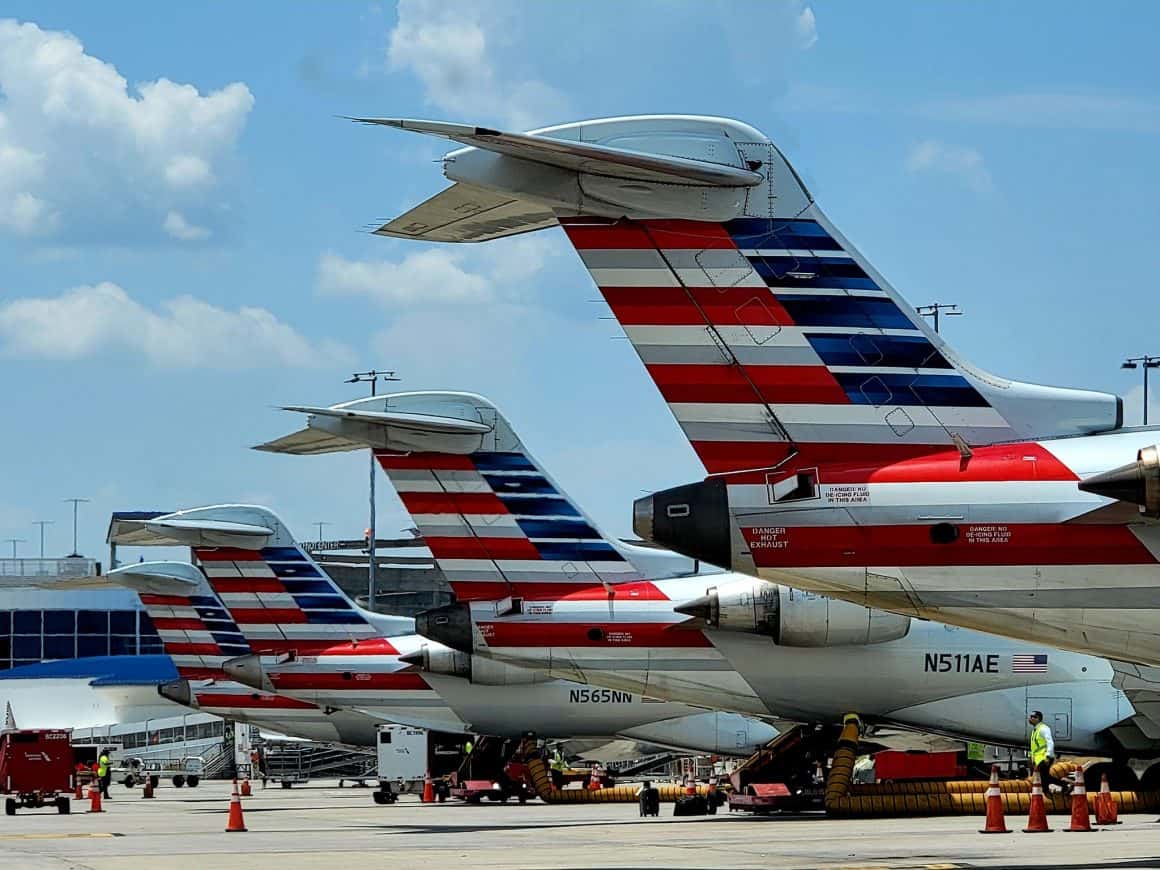
Bringing the new jets online enhances PSA’s operational capacity and efficiency and reflects its ongoing efforts to strengthen its services within American Airlines’ all-important regional network.
This year, we fully restored staffing, resurrected all our parked aircraft, and inducted the last of the seven aircraft as part of a previous agreement. Now, we’re prepared for the next phase of growth with the addition of these 14 NextGen CRJ900s.
PSA AIRLINES PRESIDENT AND CEO DION FLANNERY
PSA Airlines president and CEO Dion Flannery says his airline is on the cusp of a period of strategic growth.
“This year, we fully restored staffing, resurrected all our parked aircraft, and inducted the last of the seven aircraft as part of a previous agreement,” Flannery said. “Now, we’re prepared for the next phase of growth with the addition of these 14 NextGen CRJ900s.”
Enhancing the Passenger Experience

The next generation of regional jets will also become more modern inside their cabins.
In PSA’s case, the new CRJ900s will feature the carrier’s signature cabin interior, equipped with 76 seats in a two-class configuration–12 in first class and 64 in the main cabin.
The carrier is an exclusive operator of CRJ series aircraft, including 61 CRJ700s and 80 CRJ900s. The 65-seat CRJ700s feature nine first-class seats and 56 in the main cabin.
Passengers will also enjoy upgraded onboard amenities, including high-speed satellite Wi-Fi. The carrier promises gate-to-gate connectivity, a welcome change from the days when Wi-Fi was disabled at altitudes under 10,000 feet.
The airline promises blazing fast connection speeds with reduced latency. In addition, the system will support unlimited devices that can connect without impacting performance. With the upcoming addition of these aircraft, PSA will soon feature satellite Wi-Fi on every jet in its fleet.
The Story of PSA Airlines Begins at a Pennsylvania FBO Nearly Half a Century Ago
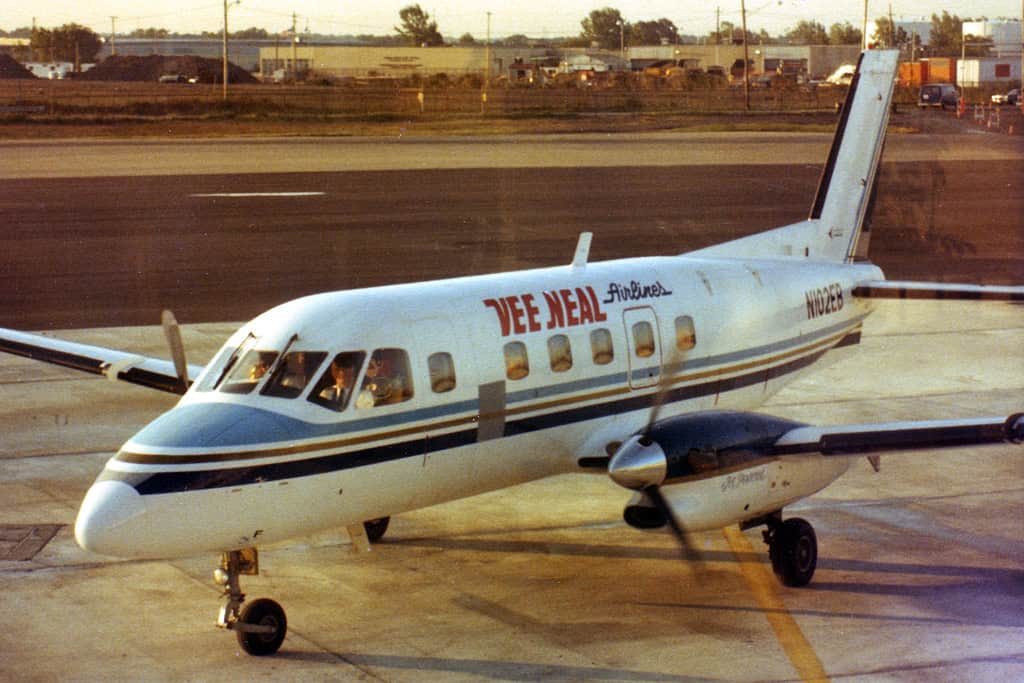
PSA Airlines can trace its roots back to 1979, when it was founded as Vee Neal Airlines in Latrobe, Pennsylvania. Operating out of what is now Arnold Palmer Regional Airport (LBE), the airline initially operated as an FBO and provided limited service with small aircraft.
However, its business model would soon evolve. By 1983, the company had rebranded as Jetstream International Airlines, marking an important moment in the carrier’s history as it sought to broaden its reach.
During its early years as Jetstream, the carrier operated a fleet of six British Aerospace Jetstream 31 turboprops. It also relocated its headquarters to Erie, Pennsylvania. From Erie International Airport (ERI), Jetstream expanded service to Chicago O’Hare (ORD), Cleveland (CLE), Detroit (DTW), and Newark (EWR).
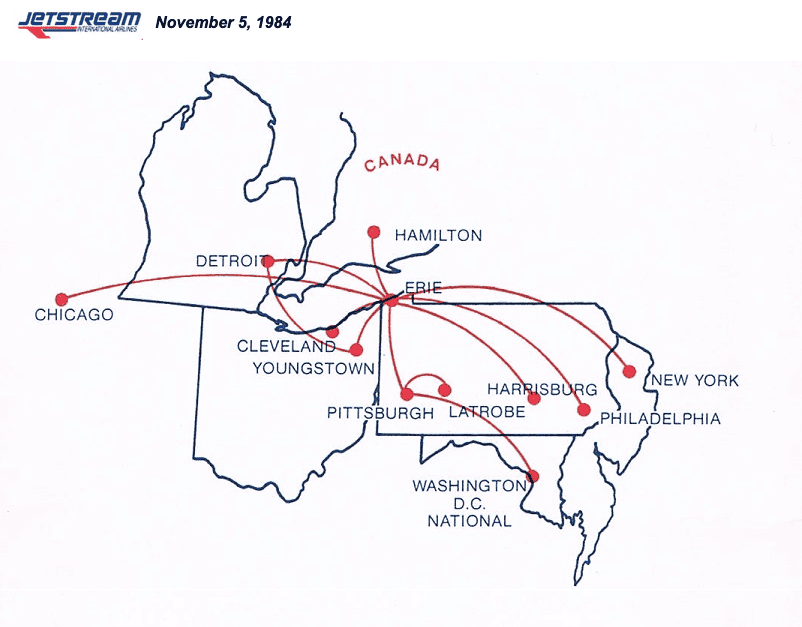
However, like many regional carriers, Jetstream faced financial challenges in the mid-1980s. Jetstream formed a strategic partnership with Piedmont Airlines, operating under the Piedmont Commuter brand during this period. This partnership was vital in connecting Jetstream’s fledgling network to the more expansive hubs it operated at Baltimore/Washington International Airport (BWI) and Dayton International Airport (DAY) in Ohio.
In 1986, Piedmont Airlines fully acquired Jetstream International and integrated the carrier into its growing regional operations. This acquisition allowed Jetstream to focus more heavily on the Dayton hub, which remains PSA’s headquarters to this day.
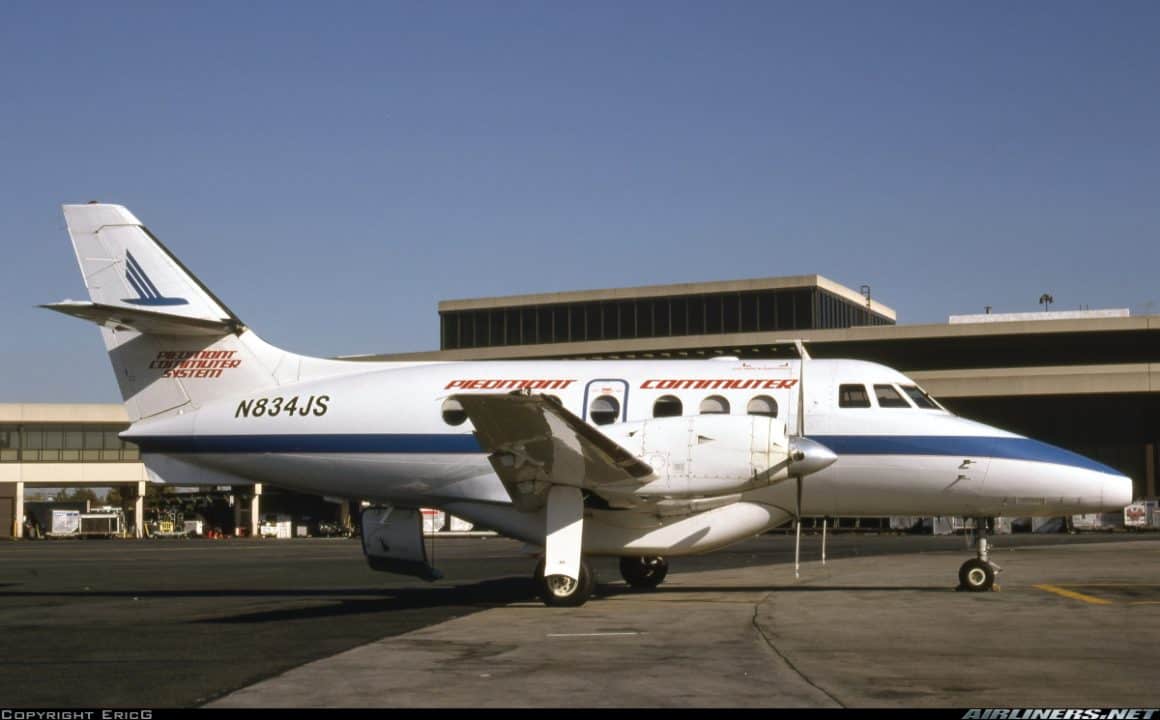
By 1987, Jetstream had relocated its headquarters to DAY, positioning itself as an essential player in the Piedmont network. The merger of Piedmont with USAir in 1989 set the stage for Jetstream’s next transformation.
The Birth of Today’s PSA Airlines Includes the Preservation of Another PSA
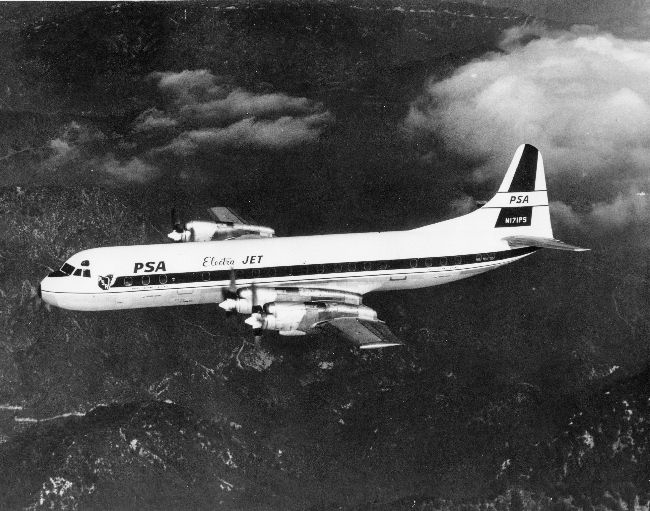
The last decade of the 20th Century was a period of significant change for regional airlines, as many carriers shifted from turboprops to regional jets. Passengers preferred the jets, which offered greater speed, range, and passenger comfort than turboprops could.
Jetstream was no exception. By the mid-1990s, the airline was phasing out its turboprop fleet in favor of more advanced regional jets. At the same time, USAir chose to preserve the PSA (Pacific Southwest Airlines) brand name, which it had acquired during a wave of mergers in the 1980s.
Pacific Southwest Airlines was a household name in California before its acquisition by USAir. By renaming Jetstream International as PSA Airlines in 1995, USAir was able to protect the PSA brand while giving Jetstream a fresh identity under a more recognized brand name. This rebranding helped set the stage for PSA’s expansion into a regional jet operator during the late 1990s and early 2000s.

By this time, PSA had transitioned to a fleet of Dornier 328s, becoming the largest operator of the type in the world with a fleet of 25 aircraft. However, the Dornier 328s were soon replaced by Bombardier’s CRJ series aircraft as PSA began to expand its regional jet operations under the USAir Express banner.
PSA Weathers the Turbulence of the Early 2000s
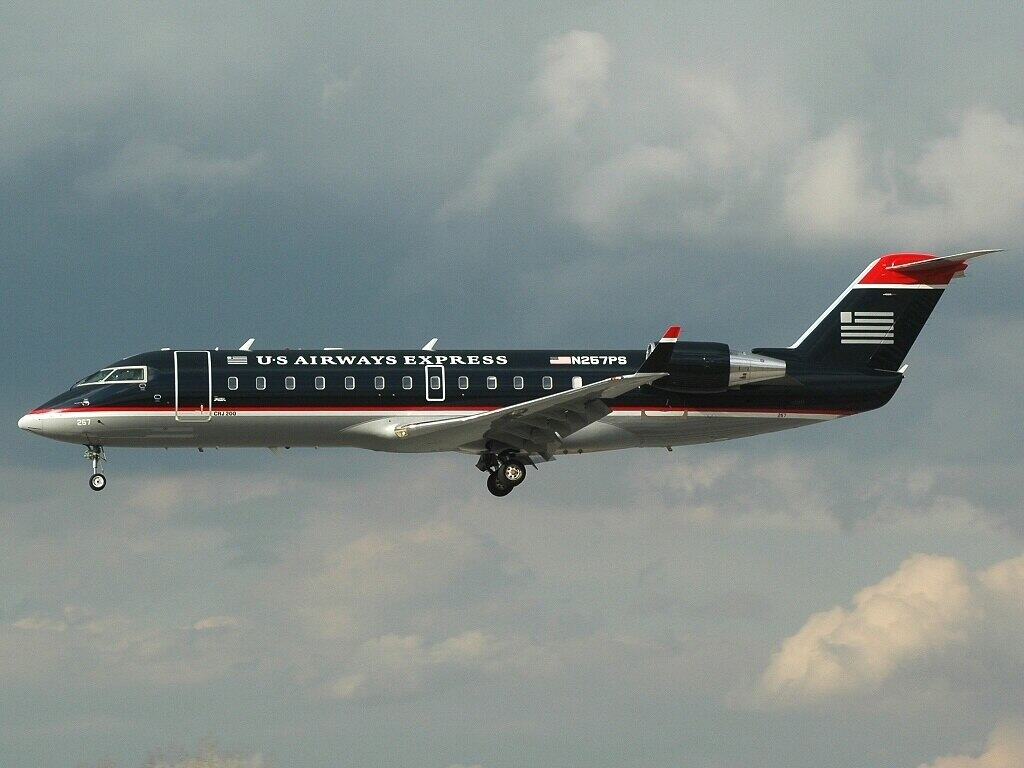
The early 2000s were a turbulent time for PSA Airlines and its parent company, US Airways. The airline industry was reeling from the effects of the 9/11 attacks, and US Airways filed for bankruptcy twice during this period.
Despite the challenges, PSA emerged from this era as a dedicated CRJ200 and CRJ700 regional jet operator. This set the stage for US Airways’ steady transition to a more efficient, streamlined network.
In 2005, US Airways was acquired by America West Airlines. The newly combined airline continued to operate under the US Airways name until its merger with American Airlines in 2013. This merger brought the winding road of PSA history into the American Airlines family, where it remains today.
The PSA Airlines of Today Boasts an Extensive Operational Footprint and Infrastructure

From its DAY headquarters, PSA’s operational reach spans across the U.S., with crew bases in key American Airlines hubs, including:
- Charlotte Douglas International Airport (CLT)
- Dallas Fort Worth International Airport (DFW)
- Philadelphia International Airport (PHL)
- Ronald Reagan Washington National Airport (DCA)
Its maintenance operations are strategically located in various cities, including:
- DAY
- CLT
- DFW
- Cincinnati/Northern Kentucky International Airport (CVG)
- Akron-Canton Airport (CAK)
- Greenville-Spartanburg International Airport (GSP)
- Norfolk International Airport (ORF)
- Pensacola International Airport (PNS)
- Savannah/Hilton Head International Airport (SAV)
PSA Airlines operates 750 daily flights to nearly 100 destinations and employs over 5,000 people.
